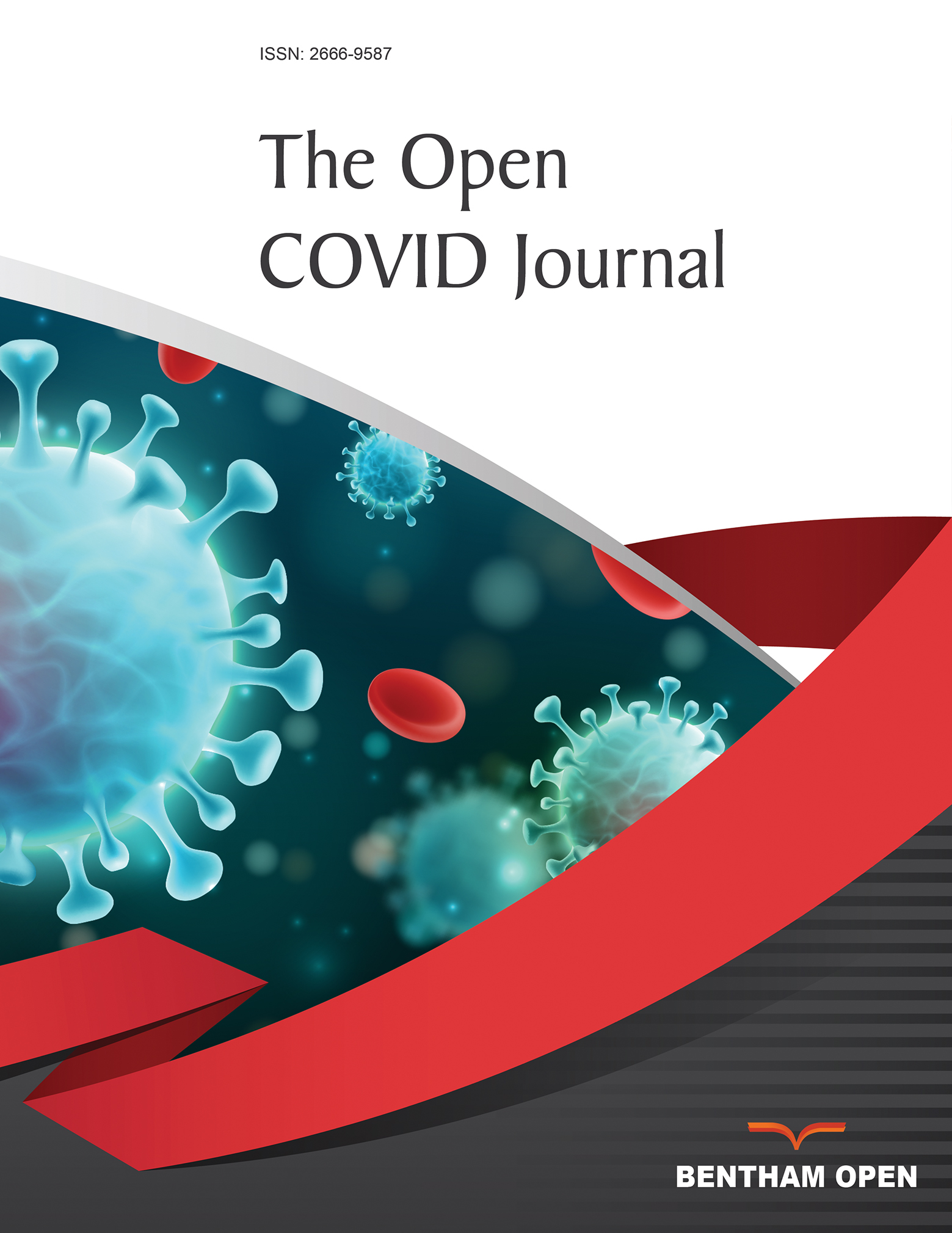All published articles of this journal are available on ScienceDirect.
Can a ‘3-tier Screening’ Strategy be Adopted during COVID-19 Pandemic for Safer Air Travel and to Help Curb its Spread Across Borders?
Abstract
Since the appearance of SARS-CoV-2 in 2019, it spread quickly crossing geographical borders and thus affected almost the entire world. It was alarming to note its quick spread, which obviously was due to the increased frequency and ease of air travel in this era. Currently, many airlines (and countries too) have a prerequisite to have a negative COVID-19 RT-PCR test within 72 hrs. prior to boarding the flight. Although all the necessary precautions are strictly enforced during air travel, there is still a possibility that a person with a negative COVID-19 test (RT-PCR) around 72hrs prior to boarding the flight would have an infection and that the person would pass it on to fellow passengers on board and thus can further spread SARS-CoV-2 infection into the community if robust action is not initiated. There is also a subconscious apprehension among the passengers that co-passengers may have an infection on board. This is especially worrisome seeing the appearance of new variants recently. Here I present the logistics for a ‘3-tier screening’ protocol (1st test by RT-PCR within 72hrs of the flight schedule, 2nd test by rapid antigen detection method 1-5hrs prior to flight schedule, 3rd test post-arrival or to follow the destination country post-arrival protocol), which would at least provide an extra filter to separate the recently identified positive cases and thus prevent the spread of this threatening disease across the borders.


